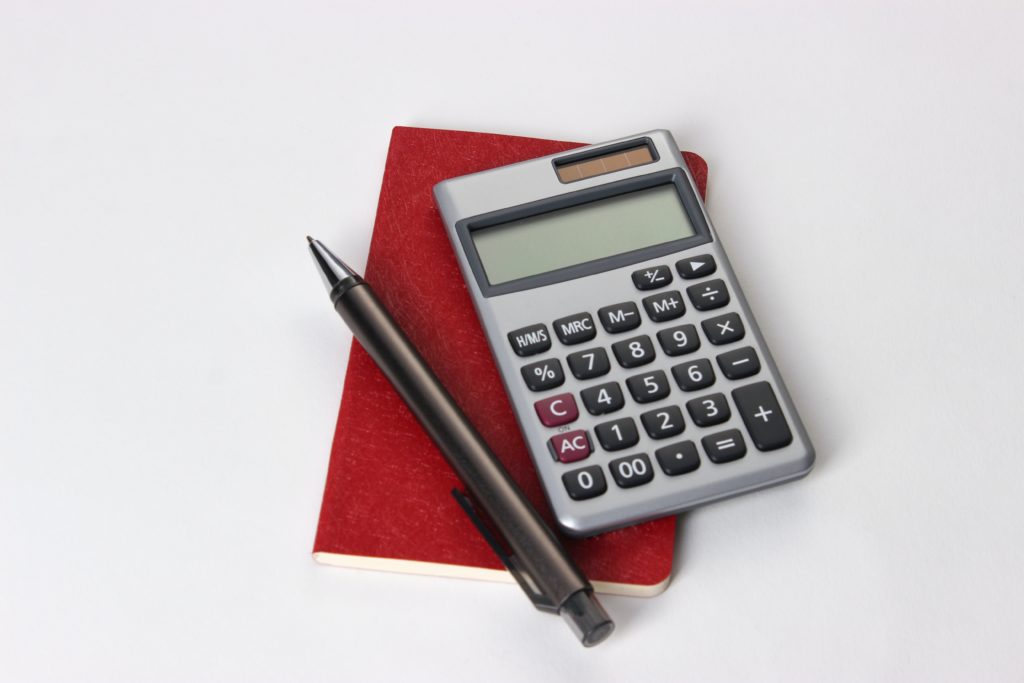Value-added tax is an indirect tax that is imposed on products for worth created at each stage of the manufacturing or distributing process, from the procurement of resources through the final sale. It is initially assessed on the amount of value added at each level. When purchasing items, the end user must eventually pay the full VAT; purchasers at earlier phases of production are reimbursed for any taxes they have already paid. It is called a consumption levy because it is entirely funded by the customer. The main objective of the conception of the VAT was to avoid double taxation.

Understanding VAT
At each stage of the production, distribution, and sale of a product, it is assessed on the net income. Read the example in the section below in its whole to better comprehend VAT.
In the fictional nation of Mace, chocolate called Dolce is produced and distributed. The producer of Dolce pays $2 + 20 cents for the raw components. The state will receive $2.20 in total. A shop buys Dolce from the maker for $5 and 50 cents in Levy, for a sum of $5.50. The producer only pays Mace 30 cents, which is the current total VAT – the previous value levied by the supplier. Keep in mind that the 30 cents also represent 10% of the $3 manufacturer’s net income.
Eventually, for a sum of $11, a store offers Dolce to customers for $10 + a $1 Duty. The store gives Mace 50 cents, which is the overall Levy at this time minus the 50 cents that the producer had previously charged. Additionally, the 50 cents equal 10% of the distributor’s net profit.
Registration of VAT
The procedure of registering your company with the state as actively engaged in manufacturing and marketing is known as registration. Any amount spent on commercial transactions can be reclaimed after a firm files for it. Then the corporation is in charge of collecting, paying, filing levy reports, and maintaining tax records.
Each nation has its unique rules for registration. Each nation also sets a baseline income level for taxation. You must file taxes if your company earns more than the limit.
Documents
The following are the basic requirements for registration:
- Identification proof;
- Trade license;
- Bank account;
- Articles of association;
- Details of products and services; and
- Request form.
Items subjected to Value added tax
The VAT is a general levy that covers all sales of products and activities. Each time there is a trade, it is calculated and charged based on the worth of the products. it is added to the purchase price by the seller, who then reimburses the authorities for it. Following are the items that are subjected to value-added levy:
- Imports;
- Exports;
- Vehicles;
- Other goods and services exceed the threshold.
Value-added tax vs sales tax
Although ST and VAT both bring in the same percentage of money after the supply chain, many nations favor Value-added charges. The main causes of this are three.
In the situation of a sales levy, the consumer is the only party responsible for paying a sizable amount of cost. Whereas, in the context of VAT, every party in the distribution network pays a tiny bit of tax that adds up to a sizable tax. It is more uniform, cheaper, and easier to compute. Because the consumption levy is only applied to the finished version, it is challenging to determine the costs at each stage.
VAT exemptions
Certain offerings are VAT free. If every product and service you offer is exempted, your company is excluded and you cannot register for it. In other words, you cannot recover any amount back on your sales or other company costs.
You are considered partially free if you are registered and pay added duty on any goods that will be used to make exempted goods. The following items and services are usually exempt from taxation:
- Education;
- Charity events;
- Insurance; and
- Organizational memberships.







